Information Technology Reference
In-Depth Information
1
Objects: Tokens for
(Eigen-)Behaviors*
A seed, alas, not yet a flower, for Jean Piaget to his 80th birthday from Heinz von
Foerster with admiration and affection.
I shall talk about notions that emerge when the organization of sensori-
motor interactions (and also that of central processes (cortical-cerebellar-
spinal, cortico-thalamic-spinal, etc.)) is seen as being essentially of circular
(or more precisely of recursive) nature. Recursion enters these considera-
tions whenever the changes in a creature's sensations are accounted for by
its movements (s
i
= S(m
k
)), and its movements by its sensations (m
k
= M(s
j
)).
When these two accounts are taken together, then they form “recursive
expressions,” that is, expressions that determine the states (movements,
sensations) of the system (the creature) in terms of these very states (s
i
=
S(M(s
j
)) = SM(s
j
); m
k
= M(S(m
i
) = MS(m
i
)).
One point that with more time, effort and space could be made rigor-
ously and not only suggestively as it has been made here, is that what is
referred to as “objects” (GEGEN-STAENDE = “against-standers”) in an
observer-excluded (linear, open) epistemology, appears in an observer-
included (circular, closed) epistemology as “tokens for stable behaviors”
(or, if the terminology of Recursive Function Theory is used, as “tokens for
Eigen-functions”).
Of the many possible entries into this topic the most appropriate one
for this occasion appears to me the (recursive) expression that forms the
last line on page 63 of J. Piaget's
L'Equilibration des Structures Cognitives
(1975):
Obs.O Æ Obs.S Æ Coord.S Æ Coord.O Æ Obs.O Æ etc.
This is an observer's account of an interaction between a subject S
and an object (or a set of objects) O. The symbols used in this expression
(defined on page 59
op. cit.
) stand for (see also Fig. 1):

Search WWH ::

Custom Search